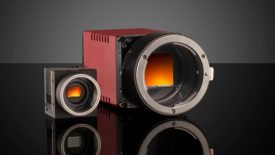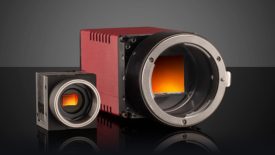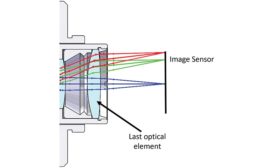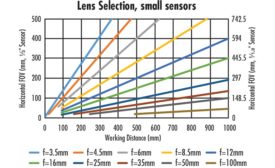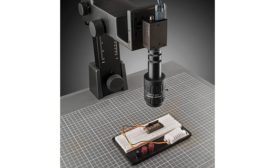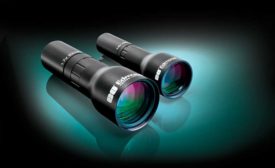Articles by Nicholas Sischka
Vision & Sensors | Trends
Recent advancements in sensor and optics manufacturing technologies for UV and IR wavelengths have made imaging systems for these wavelength ranges more accessible.
Read More
Vision & Sensors | Sensor Trends
Growing Sensor Sizes And Uncertainty In Pairing Lenses and Cameras
Lens and camera manufacturers need to collaborate to develop new mounting standards for the new, large sensor formats already on the market, as well as the ones that will be introduced.
January 1, 2022
Design Considerations for New High Resolution and Frame Rate CMOS Sensors
Sensors will continue to evolve, and camera lenses will continue evolving right along with them.
January 1, 2020
Lens Selection Guide, Part 2
Understand the differences between the most common types of lenses used in machine vision.
December 1, 2018
Vision & Sensors Lens Selection Guide, Part 1
Understand the differences between the most common types of lenses used in machine vision.
April 30, 2018
Straight and True: Telecentric Lenses for Metrology and Quality Assurance
THE HIGH ACCURACY INHERENT IN TELECENTRIC LENSES IS OFTEN THE MOST COST-EFFECTIVE WAY TO SOLVE A MEASUREMENT PROBLEM.
September 8, 2015
Stay in the know with Quality’s comprehensive coverage of
the manufacturing and metrology industries.
eNewsletter | Website | eMagazine
JOIN TODAY!Copyright ©2025. All Rights Reserved BNP Media.
Design, CMS, Hosting & Web Development :: ePublishing
